An Introduction to Life and Income Protection Insurance
Ensuring your family's financial stability and well-being is a primary concern for Australian professionals and young families. While sound financial planning and investments lay the foundation for a prosperous future, it's crucial to protect your most valuable asset – your ability to earn income.
Life and income protection insurance plans help mitigate the financial impact of unforeseen circumstances, such as illness, injury, or untimely death, ensuring that your family remains safe and secure during challenging times.
In this blog, we will delve into the world of life and income protection insurance, guiding you through its core features, benefits, and types so that you can make informed choices in selecting the best-suited coverage for your family's unique needs. You will learn how these insurance policies can serve as financial safety nets, allowing you to maintain your family's lifestyle, meet ongoing expenses, and safeguard their dreams in the face of adversity.
Life Insurance: Providing for Your Family When You're No Longer Around
In the unfortunate instance of your passing, life insurance can help provide the financial stability your family needs to maintain their lifestyle and cope with the absence of your income. Typically, life insurance pays a lump sum benefit to your chosen beneficiaries upon your death or diagnosis of a terminal illness. Some key factors to consider when exploring life insurance plans include:
Coverage amount: Factors such as your family's lifestyle, ongoing expenses, and outstanding debts should be considered when determining the appropriate coverage amount.
Premiums: Life insurance premiums are influenced by factors such as your age, gender, medical history, and policy terms. Shopping around and comparing policies is essential to find the right balance between cost and coverage.
Policy terms: Evaluate policy terms and optional extras before committing to a life insurance plan, ensuring that it aligns with your family's needs and circumstances.
Income Protection Insurance: A Lifeline During Illness or Injury
Income protection insurance provides a replacement for part of your income if you're unable to work due to illness or injury. This type of protection ensures that you can continue to cover your daily living expenses and financial commitments while recovering or until you can return to work. Some key aspects to consider when selecting income protection insurance:
Benefit amount: Typically, income protection insurance will cover up to 75% of your regular income. Assess your financial commitments to determine the appropriate level of coverage.
Waiting period: This is the length of time you must be off work before your benefits begin. Choosing a longer waiting period can result in lower premiums but may require sufficient savings to cover expenses during this time.
Benefit period: Income protection policies can pay out benefits for a specified duration or until a certain age, which affects the overall cost of the policy.
Total and Permanent Disability (TPD) Insurance: Coverage for Severe Disabilities
TPD insurance provides a lump sum payment upon the diagnosis of a permanent disability that renders you unable to work in your usual occupation or any occupation. This type of insurance can help cover the financial impact of long-term care requirements, rehabilitation, and home modifications. When considering TPD insurance, keep the following factors in mind:
Definition of disability: TPD policies can differ in their definition of what constitutes a total and permanent disability. It's vital to understand the terms of each policy before making a decision.
Premium structure: TPD insurance premiums can be arranged as 'stepped premiums,' which increase as you age, or 'level premiums,' which remain consistent throughout the policy term. Evaluate your long-term affordability when selecting a premium structure.
Superannuation linkage: Some TPD insurance policies can be linked to your superannuation fund, providing potential tax advantages and simplifying policy management.
Trauma Insurance: Alleviating Financial Stress during Critical Illnesses
Trauma insurance, also known as critical illness insurance, provides a lump sum payment if you're diagnosed with a specified serious illness or medical condition, such as cancer, stroke, or heart attack. This coverage can help ease the financial burden associated with medical costs, rehabilitation, and time off work. When comparing trauma insurance options, take note of:
Covered conditions: Trauma insurance policies vary in the diseases and medical events they cover. Ensure that the policy you choose offers comprehensive coverage for a wide range of conditions.
Benefit amount: Assess the potential financial impact of medical treatment, rehabilitation costs, and lost income when determining an appropriate benefit amount.
Standalone or combined policy: Trauma insurance can be purchased as a standalone policy or bundled with other insurance products, providing a comprehensive insurance solution.
Build a Robust Financial Safety Net with Tailored Insurance Solutions
Life and income protection insurance plans are vital components of a robust financial strategy, providing peace of mind, financial stability, and the knowledge that your family is well-protected in the face of life's uncertainties. By understanding the options available and tailoring your coverage to your unique needs, you can create a comprehensive financial safety net that ensures the well-being of your family for years to come.
Thriving Wealth's professional advisers are committed to helping you navigate the intricacies of life and income protection insurance so you can make informed choices that align with your family's unique needs and circumstances. With expert financial planning in Australia and a personalised approach to safeguarding your family's financial future, you can face life's challenges head-on, secure in the knowledge that your loved ones are protected and well-cared for, no matter what the future may hold.

